How to replace a fire detector?

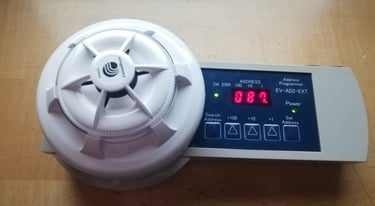
Fire detectors are of utmost importance on a ship due to the unique challenges and potential hazards that maritime environments present.
Ships, especially those at sea for extended periods, are enclosed spaces where a fire outbreak can have disastrous consequences.
On my yacht, there is a very reliable Consilium fire detection system in place.
This fire detection system consists of control/monitoring unit and various type of fire detectors, manual call points and some auxiliary equipment around the boat.
Most of the fire detectors are of the smoke/heat type, meaning they can detect potential fire either by detecting a smoke or a heat.
From time to time, a control/monitoring unit will detect a failed detector and will be necessary to replace it.
Replacement procedure:
1. Identify exact fault, faulty detector’s address and location by checking the Fire detection control panel. In case of faulty detector, a fault message will look something like this:
ZONE 3 SMOKE HEAT 87 FAULTY MAIN LAUNDRY AFT
This means that fire detector is of the smoke/heat type and it is located in the zone 3, specifically in the aft part of the Main Laundry. Its address is 87.
2. Inform duty Bridge Officer and duty Engine Officer there is a defective detector and that you will replace it.
3. Confirm faulty detector’s location by going to the Main Laundry aft and verifing detector’s address.
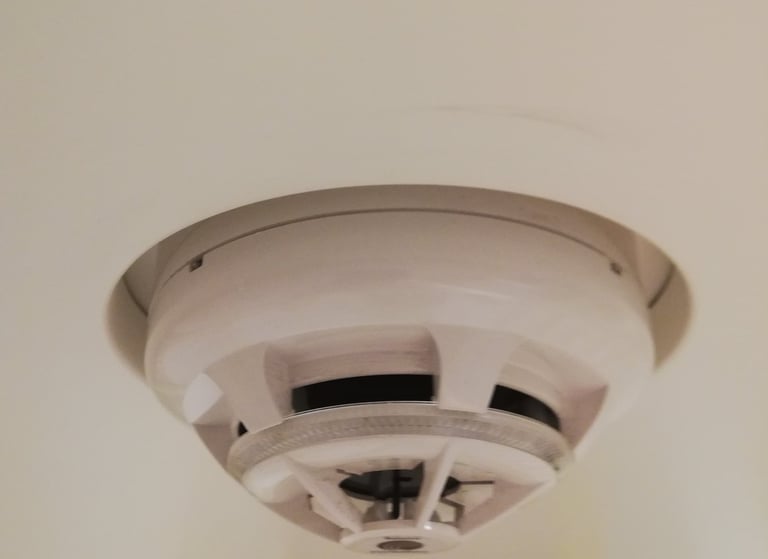

4. Fire detector’s address can be found by checking the label on the detector which is usually glued on the detector’s base.
To confirm the address in this case, since there is no label on the base, we need to remove the detector and check the address on the detector’s back.
This particular type of detector is removed by twisting it counterclockwise.
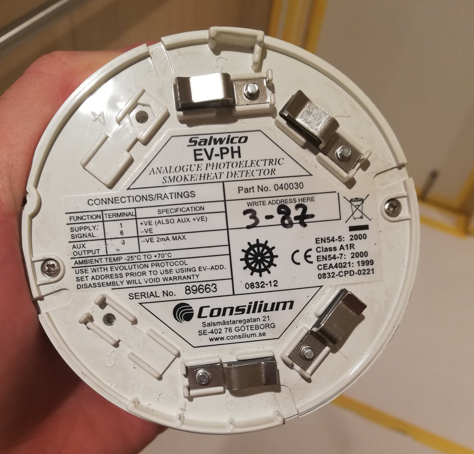

5. After it is confirmed detector's address is 3-87 (zone 3, fire detector 87), it can be replaced with the new one. When replacing the fire detector, the identical type must be used - in this case, it Analogue Photelectric Smoke Heat detector EV-PH.
6. Addressing tool EV-AD2-EXT will be used to set the new detector's address, so that it matches previous detector's address (3-87).
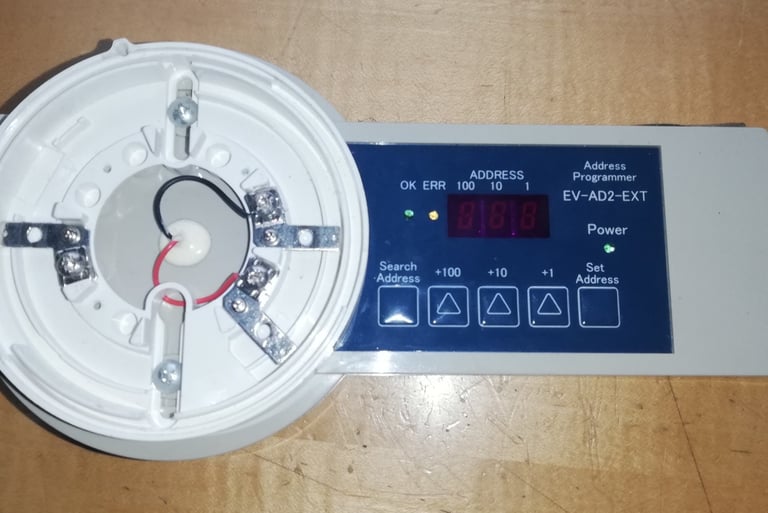



Address is set very simply, by button +1, +10 or +100 and confirmed by the button Set Address. After this is done, button Search Address is pressed to confirm detector’s address was set properly. Add hand-written label if necessary and in this case it was necessary.
7. Remove old detector and install new one.
8. Reset fault on the control/monitoring unit.
9. Set this particular detector in Test mode.
10. Inform duty Bridge Officer and duty Engine Officer this particular detector will be tested.
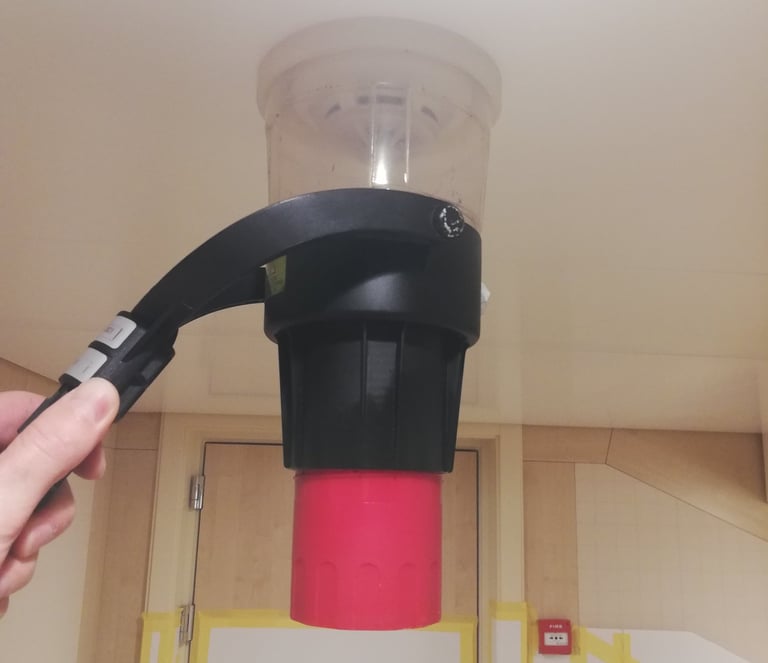

11. Simulate fire by using a Consilium testing tool.
12. Upon successful completion of test, remove detector from Test mode.
13. Inform duty Bridge Officer and duty Engine Officer fire detection system is now fully functioning.